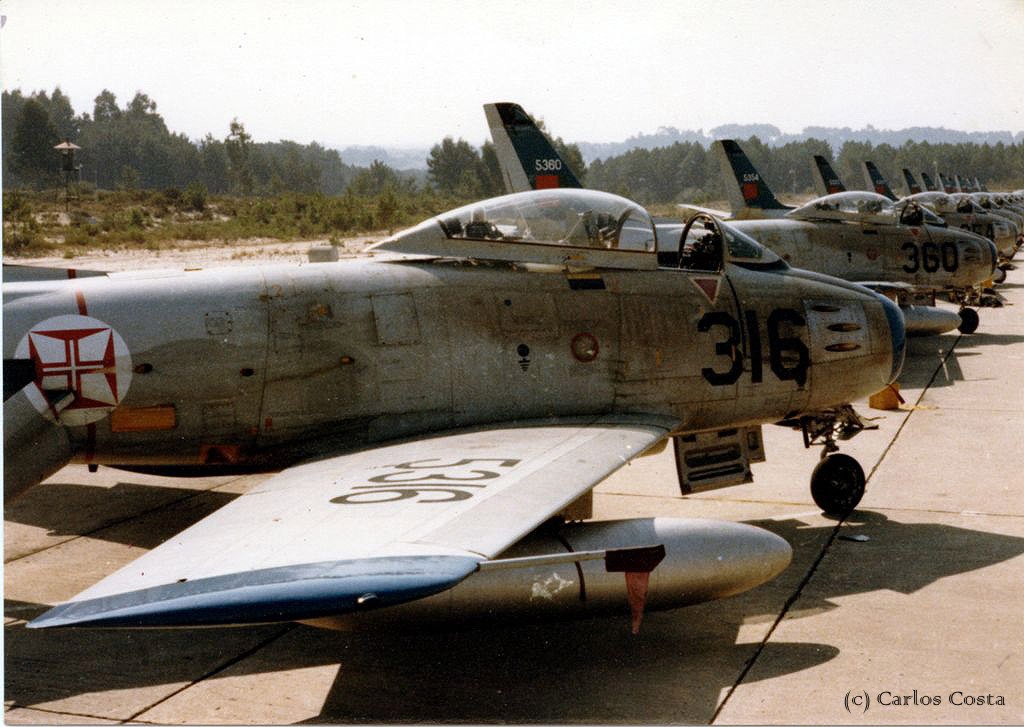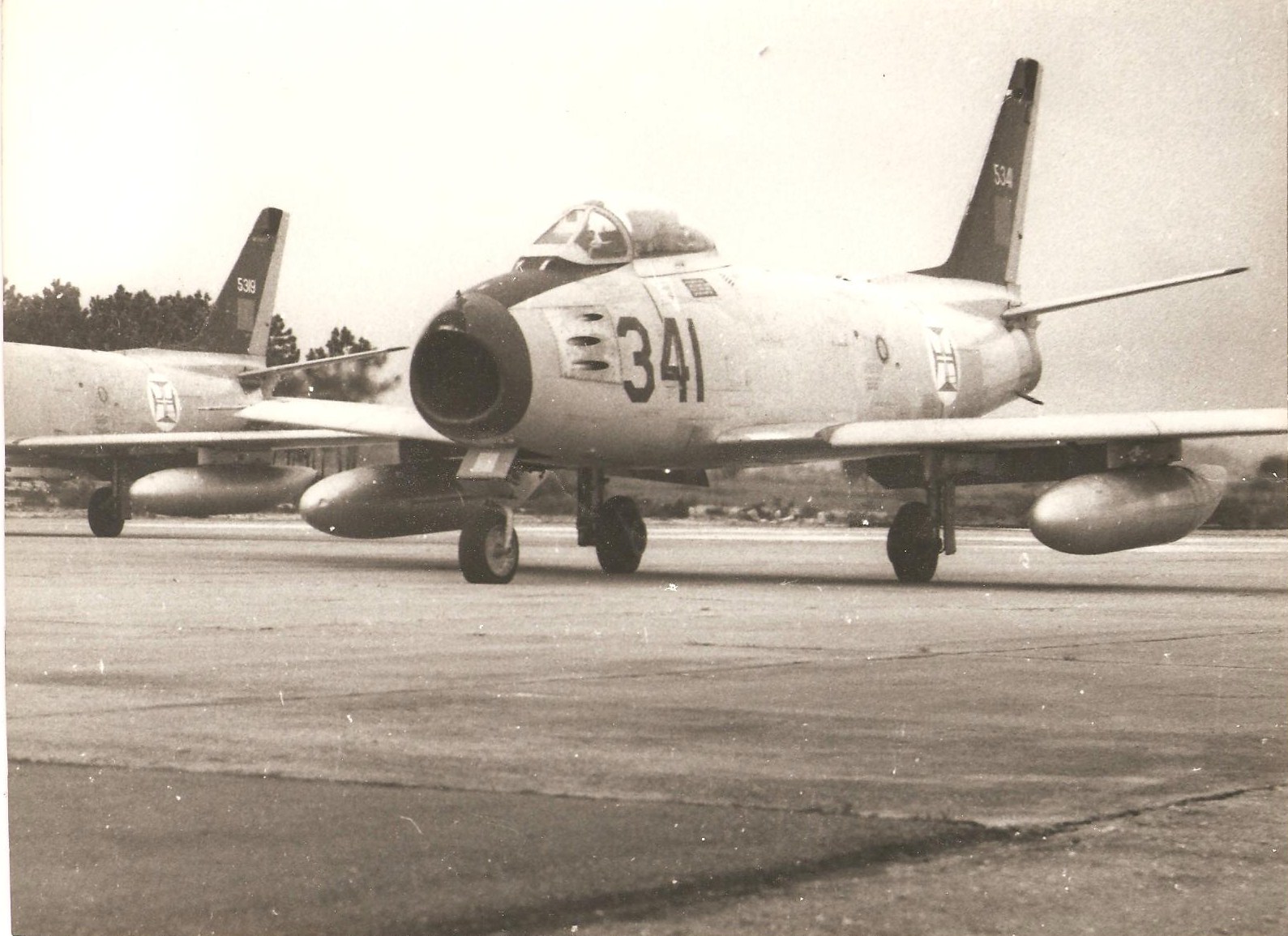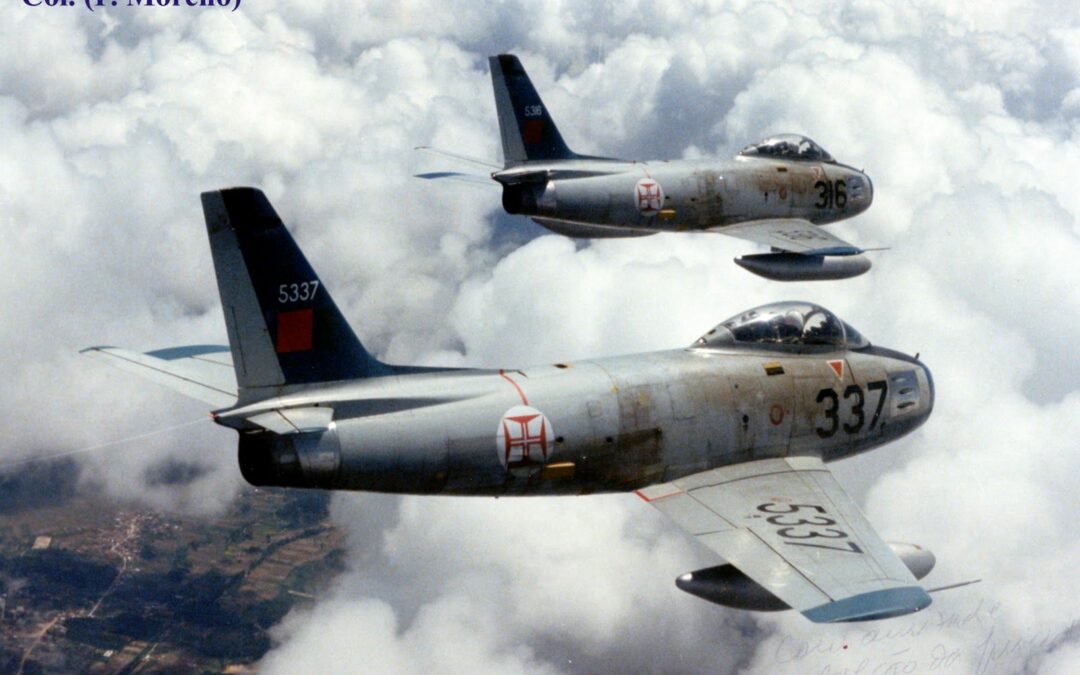In the context of the former Portuguese colonial empire, the territories of Guinea and Cape Verde played an important role in the maritime and air routes connecting Southern Africa, where Portugal had two important colonies: Angola and Mozambique. Furthermore, on the island of Sal, in Cape Verde, the Air Force had an airfield (AM1) that it could use for maritime patrol missions, allowing control over the Atlantic. In this way, the maintenance of Guinea and Cape Verde under Portuguese rule was essential in the global strategy of maintaining the colonial empire. Hence the prompt reaction of the Salazar Government, when, in July 1961, the first attacks took place in northern Guinea, carried out by the Guinea Liberation Movement (MLG) based in Senegal.
This nationalist movement triggered the first armed actions in the Portuguese colony, in mid-July 1961, attacking some towns in the north, close to the border with Senegal. These first attacks lead the Government in Bissau to deploy military personnel to the affected areas, which appears to have deterred further attacks by the MLG. However, these first attacks are a sign that the guerrilla war is about to begin in Guinea, which leads the Portuguese Air Force (FAP) to deploy eight fighters from the Monte Real Base (Base No. 5). North AmericaF-86F Sabre to that overseas territory. During the years spent in Guinea, the F-86s will be the FAP’s main combat aircraft, carrying out various types of missions throughout the territory.

Bissalanca airfield (AB2)
Before the MLG attacks, the Air Force did not yet have air assets in Guinea, nor any type of support structure at the Bissalanca airfield (AB2), located a dozen kilometers northwest of Bissau. In 1961, this small aeronautical infrastructure had, in addition to the civil airport, a hangar being finished, and did not have its own air resources allocated. The only military plane that passed through the Guinean capital once a week was a P2V-Neptune maritime patrol, usually stationed more than 500 miles away, on the island of Sal, in Cape Verde. However, the actions of the MLG in the north of the colony lead the FAP to take measures and reinforce the air force in Guinea, with the deployment of F-86s being the most significant measure.
Already at the beginning of 1961, there was insistent talk in Monte Real about the possibility of F-86 fighters to make a trip to the Cape Verde islands. Faced with the worsening of the situation, it was then decided to send the fighters to Bissau. The front-line planes that presented the least probability of serious damage were chosen and also those that had the greatest potential for flight hours before the next major inspection, so that their operability could be maintained for the maximum period of time. The F-86s had not been the first choice of the command of the 1st Air Region (1st RA), which encompassed Guinea.
The commander of the 1st RA, General Machado de Barros, had initially chosen the F-84G to be sent to AB2. The planes were based at the Ota air base and the intention of the 1st RA leaders was to send eight fighters to Bissalanca. The order was received at Ota by Captain Gomes do Amaral, who began preparing the planes for a direct flight between mainland Portugal and Guinea. However, with the start of the war in Angola, the F-84s were sent to Luanda, and it was then decided by the leadership of the 1st RA to send a detachment of F-86Fs to Guinea.

FAP F-86E
Operation Atlas
In Monte Real, preparations began for a long journey of two thousand nautical miles, codenamed “Operation Atlas”. By order of the Air Force General Staff (EMFA), it was decided that the fighters should depart from the Montijo air base, then stop at the Gando base, in the Canaries, and on the island of Sal, in Cape Verde. On the front line, in Monte Real, ten fighters (eight, plus two in reserve) are then prepared for the first part of the journey between Monte Real and Montijo.
The ten fighters take off from Monte Real, on the morning of August 8, carrying under the wings, on external supports, two 200-gallon tanks and, on internal supports, two other 120-gallon tanks, which gives the plane maximum capacity. fuel transport. The F-86s spend a day in Montijo, being visited, on the morning of August 9, by the Secretary of State for Aeronautics, Colonel Kaúlza de Arriaga, accompanied by the base commander, Colonel Rodrigues Frutuoso. That same morning, the eight fighters deployed for the mission in Guinea took off from Montijo for a 722 nautical mile journey to the Canaries, arriving that same day in Gando.

The route of F-86 fighters from Portugal to Guinea.
The pilots spend the night at the Spanish base, departing the next day for the second stage of the journey to the island of Sal, which represents another 800 nautical miles of flight over the ocean. Maintaining the same speed and altitude regime used on the trip to Gando, the fighters reach the Sal runway after 2h27min of flight. The F-86s arrive at that airfield without any problems, and are then prepared for the last stage of the journey to Bissau, a journey of 526 nautical miles. However, the departure to Bissau is hampered by sudden bad weather in Cape Verde (it hasn’t rained for seven years), which prevents the departure of fighters and the aircraft support team. Finally, the weather conditions improved on August 15th and the fighters began the last part of the trip, arriving in Guinea after 1h17min of flight.
The entire trip from Portugal was uneventful, being at the time a trip worthy of mention, due to the distance covered.5. Eight pilots were chosen for this first detachment: four officers and four sergeants, under the command of Captain Ramiro de Almeida Santos. In addition to this officer, this detachment includes Captain José Almeida Brito, Lieutenants Aníbal Pinho Freire and Alcides Teixeira Lopo and Sergeants José Pombo Rodrigues, Rui Salvado da Cunha, António Rodrigues Pereira and Humberto Cartaxo da Silva. F-86 pilots carry out three-month deployments in Guinea, being replaced at the end of that time.
This personnel rotation will provide Monte Real pilots with important experience in an African theater of operations previously unknown to Portuguese pilots. In operational terms, Portuguese fighters could perform various types of missions, which included air defense of the territory, air support for surface forces and visual reconnaissance missions, in addition to the deterrent presence they exerted due to the available firepower and speed. with which they could reach any point in the territory.
Early days in Guinea
The F-86’s early days in Guinea were relatively peaceful, with the planes carrying out visual (RVIS) and armed (RECA) reconnaissance missions over the colony. The big problems that Portuguese fighters face are, in fact, the lack of conditions at AB2, which is still in the consolidation phase to receive the new aerial assets. Bissalanca had, at that time, great needs, such as military infrastructure. We can see this in the first reports that the detachment commander sends to Lisbon. Ramiro Santos states that the road was very dirty and full of stones, making it difficult to clean due to the lack of a mechanical broom. The apron could not withstand the corrosive action of the JP-4 used by the F-86 and the planes were refueled using drums, which made the operation very time consuming. The UHF communications equipment, which existed in the control tower, did not meet the needs and air traffic management was very incipient, there was no meteorological service and the runway presented several safety problems with people and animals crossing the taxiway.

FAP F-86
The first F-86 flights in Guinea take place on the 19th of August and, in one of the first sorties, in charge of Lieutenant Teixeira Lopo and Adjutant Sergeant Cartaxo da Silva, the former’s F-86 “5361” suffers a “birdstrike” with a jagali, leaving the “canopy” stained with blood and also suffering damage to the fighter’s depth rudder stabilizer. This first accident would leave “5361” out of service for several weeks, until the arrival of a new tail ordered from Monte Real at AB2. The following day, two F-86s piloted by Captain Almeida Brito and Adjutant Sergeant Rodrigues Pereira fly over the city of Bolama, at low altitude, during a visit by the Governor and Commander-in-Chief of Guinea, Commander Peixoto Correia, this after the plane of Captain Brito having failed three starting attempts. During the following months, Portuguese fighters made several reconnaissance flights, mainly in the northern region of Guinea, although using a poor road map, which made flights in the border area difficult, due to the risk of violating space. air from Senegal.
In October 1961, two F-86s made a trip to the island of Sal, of great strategic importance for the Air Force. As Ramiro Santos highlighted, in his first report on the F-86 trip to Bissau, Cape Verde had an extraordinary strategic importance in controlling the Atlantic11. However, the trip to Sal Aimed, above all, at resolving an administrative problem, which was the renewal of the pilots’ diligence on AB2. As they were on duty outside their home base, which was Monte Real, the displaced pilots were entitled to subsistence allowances, which could be canceled if the pilots spent more than a month at AB2. To overcome this problem, the pilots took a flight to the island of Sal, which allowed them to renew their diligence. Still in October, the pilots of the first shift of Detachment 52 said goodbye over Bissau with an acrobatic display in a formation of six fighters, with the F-86 “5322” piloted by Lieutenant Lopo surpassing the sound barrier over the city. At the end of that month, the second shift pilots arrived in Bissalanca, thus continuing the F-86 mission in a territory where the war had not yet reached.
During the following year, so-called sovereignty flights will occupy the majority of F-86 missions, at the same time as pilot rotations from Monte Real take place. However, on August 17, 1962, an accident involving an F-86 caused the plane’s total loss. The accident happened on the way back to Bissalanca, when Captain Gomes do Amaral and Lieutenant Amílcar Barbosa were surprised by a heavy downpour on AB2. Due to poor visibility, Lieutenant Barbosa made several approaches to the runway and ended up landing in the final third of the landing strip. The pilot ends up going off the runway, crashing into some muddy piles of dirt, leaving the F-86 on its side. When first responders arrive, they find the plane without the pilot, who had already abandoned the F-86 with only slight bruises.
Meanwhile, in Guinea-Conakry, the PAIGC (African Party for the Independence of Guinea and Cape Verde), led by Amílcar Cabral, is preparing for the armed struggle, which will begin on January 23, 1963, with an attack on the Tite’s barracks, very near Bissau.
Written by José Augusto Matos

